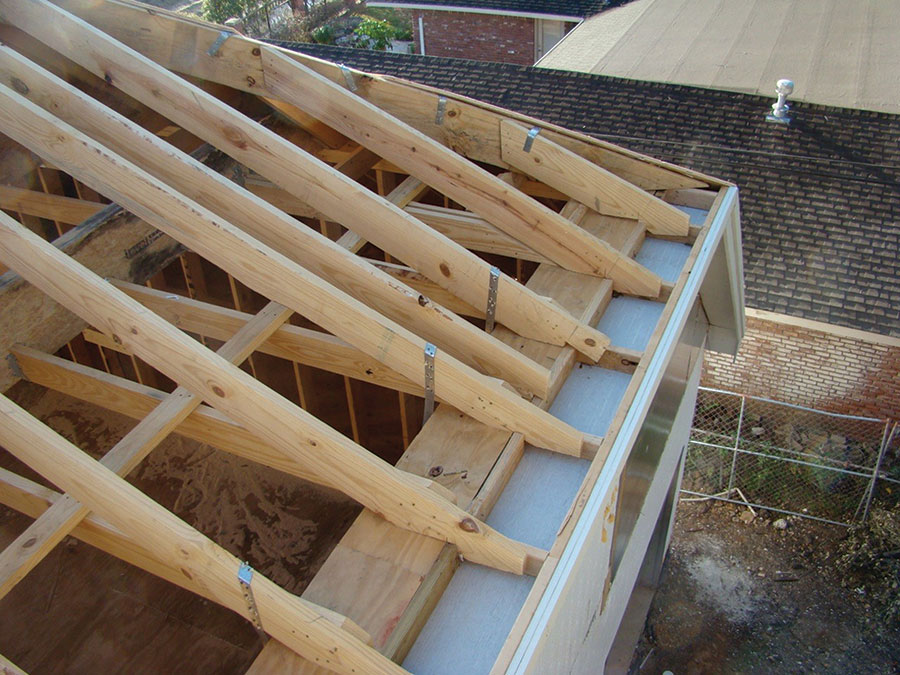Finally the roof framing pulls from the supporting walls.
Roof sheathing for torandao proof.
A tornado resistant roof s primary function in a continuous load path is as a horizontal diaphragm that moves the loads imposed by heavy winds to the supporting walls below.
Then the roof sheathing rips from the roof framing.
Thicker sheathing can also offset sensitivity to overdriving.
There is a vast array of metal roofing options like stone coated steel shingles or metal panels which are installed in an interlocking pattern.
The sheathing works with the roof framing to transfer lateral loads to the home s shear walls.
Many tornado prone areas are also prone to hail.
Use roof sheathing with a minimum thickness of 19 32 inches for added strength in high risk high wind zones.
For shingles wind ratings are based on standards published by astm international formerly known as the american society for testing and materials and resistance to impact is based on an.
Insulated reinforced concrete roof decks are considered the most tornado resistant decks available due to their extreme strength.
To protect roof coverings from both wind and hail damage look for wind and impact rated roof coverings.
The roof sheathing is the first structural element in the load path between the roof system and the foundation.
Insulated reinforced concrete roof decks the only known roof systems that have consistently survived high category hurricane and tornado velocity winds have been built with structural reinforced concrete decks securely and sufficiently connected to structural reinforced concrete or reinforced concrete block walls.
Unfortunately concrete decks can only be installed on homes that have concrete walls due to the heavy weight of this decking type.
Use a nailing pattern of 8d ring shank nails at 6 inches on center.

